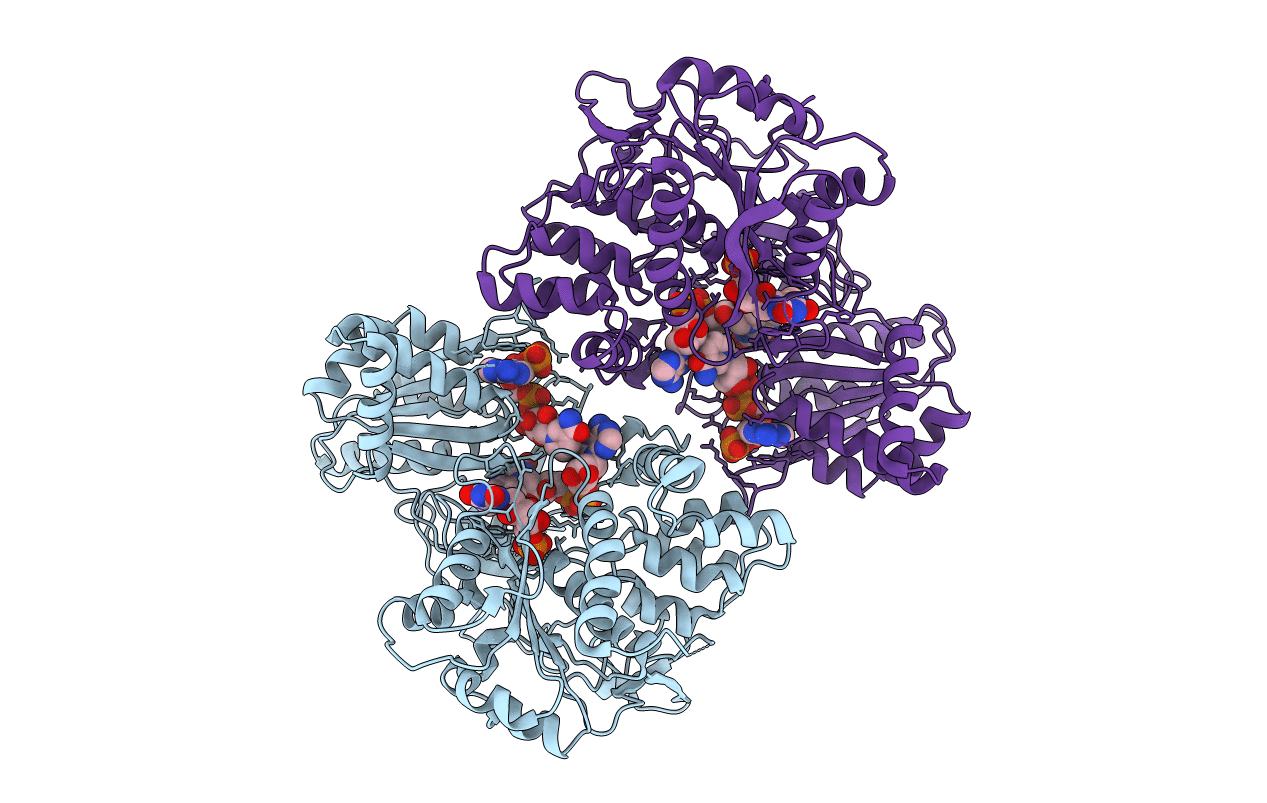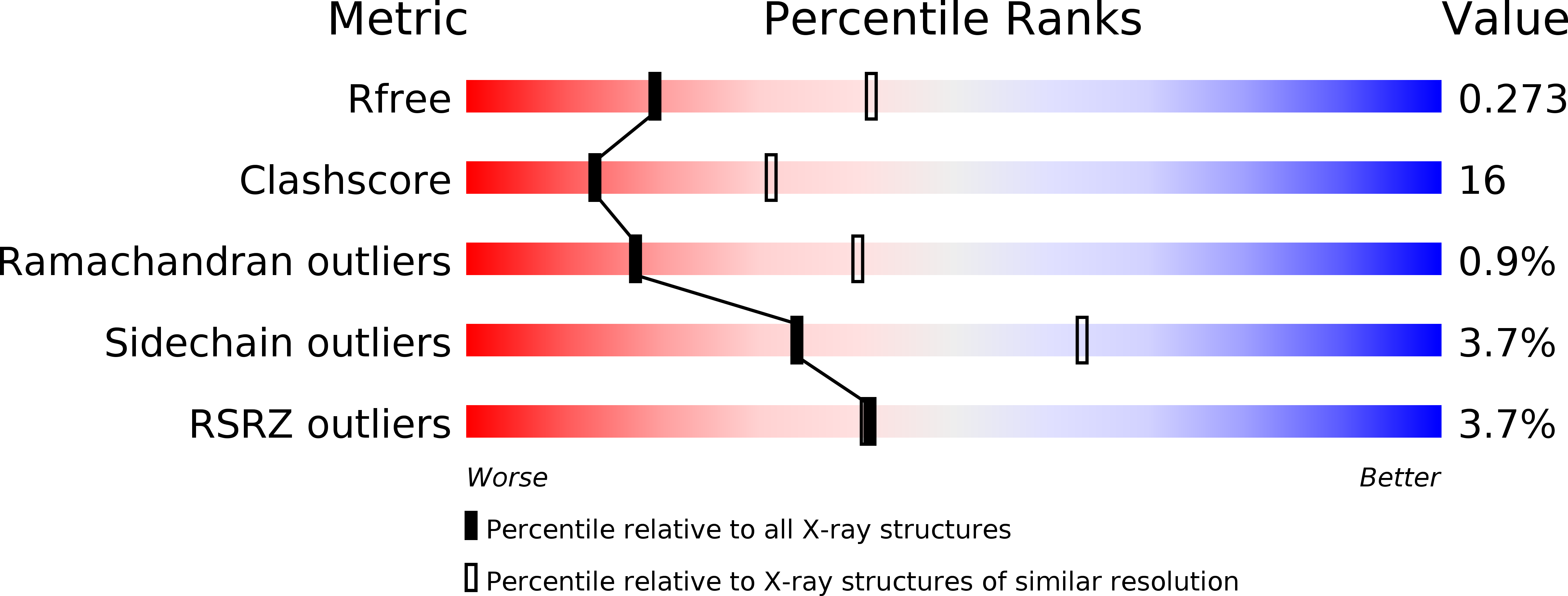
Deposition Date
2019-01-04
Release Date
2019-02-27
Last Version Date
2023-10-11
Method Details:
Experimental Method:
Resolution:
2.70 Å
R-Value Free:
0.27
R-Value Work:
0.21
R-Value Observed:
0.21
Space Group:
P 21 21 21


